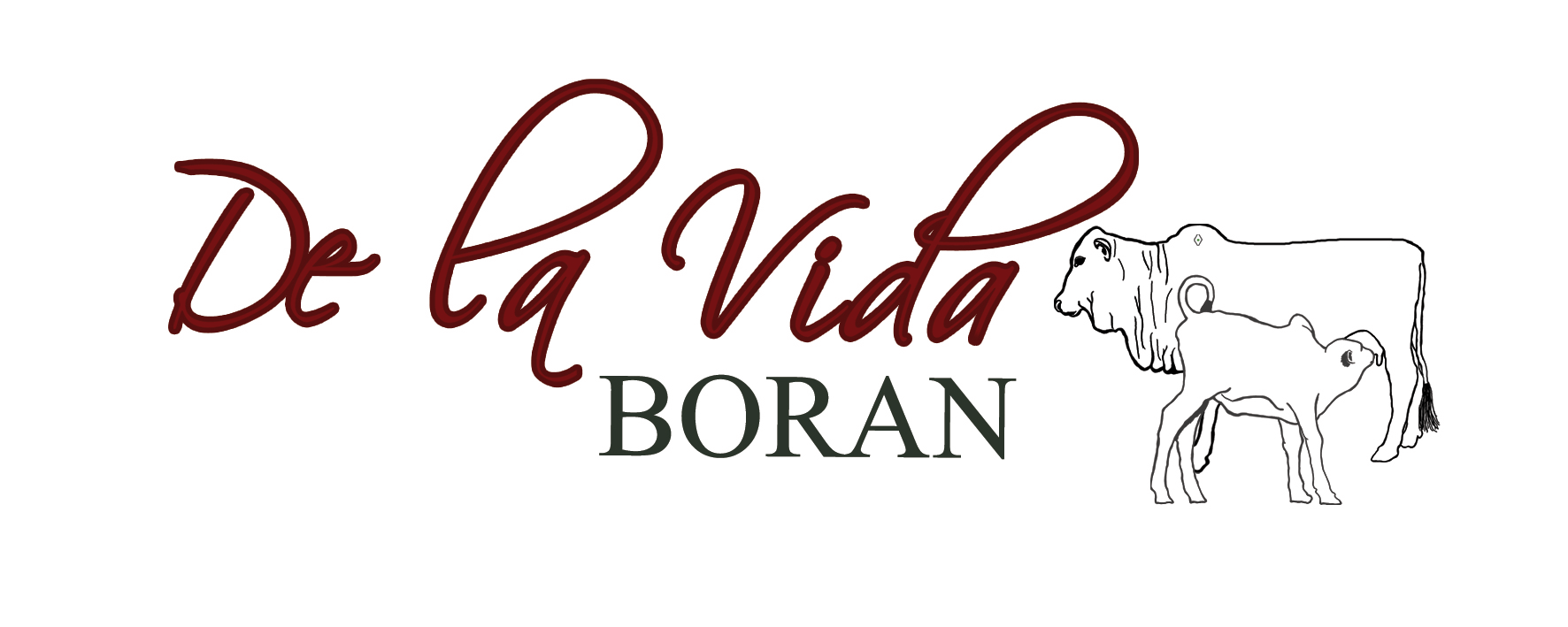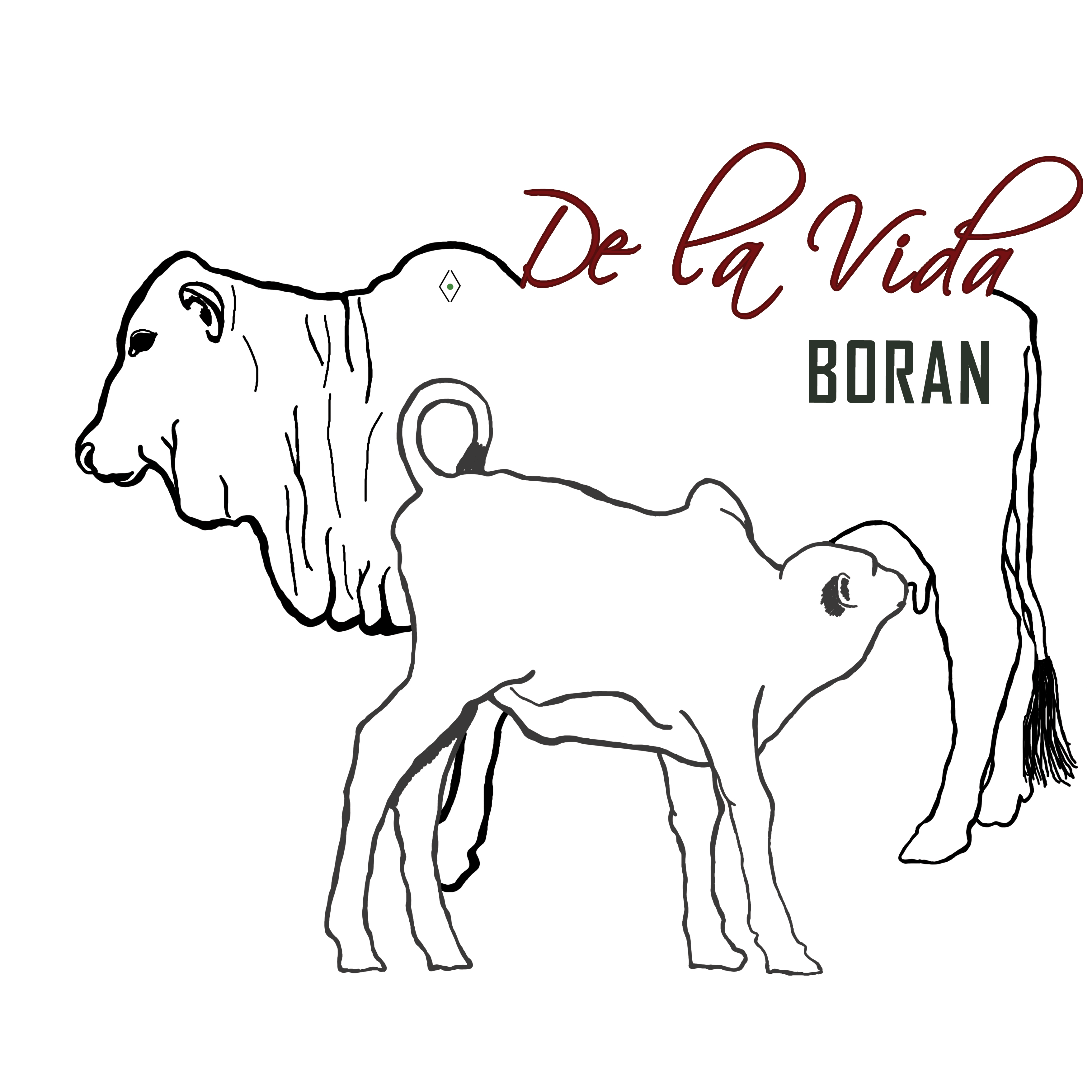MOGWOONI
Jackie and Mandy Kenyon
Size: Mogwooni Ltd is 16,054 acres with a carrying capacity of 1 LAU to 11 acres.
Average annual rainfall: +/- 21" (500-550mm).
Number of animals: We have about 250 stud cows which are culled yearly purely on performance.
Breeding policy: The main priority has been fertility, beef production and temperament. We run a
single sire operation breeding all the year round which gives us a birthrate over the last 10 years of
95%+.. We then cull our cows at the age of 10 years irrespective of past performance as our younger
stock should be better because of our breeding and selection.
Selection Criteria: Due to the fairly harsh conditions we try and breed a smaller animal with very good
conformation for fertility and beef production.
We try and burn between 10% and 20% of the farm every year but this is sometimes hampered by
drought. We do not boma our cattle at night to allow them night grazing.
The farm was purchased by Mr & Mrs J.D. Kenyon on 1st June 1963 (Independence Day) and we have
had continuous managment ever since. Since 1964, all our birth records, weaning weights, 14-18
month bull weights, sale weights, deaths and culling records have been kept by the Livestock
Recording Centre.
Grazing policy: The farm is split up onto 33 paddocks, with every paddock having water.
We also run about 1000 Dorpers and 600 Gala goats from Somalia, which require nil managment!
Average weaning weights - The average weaning weights for heifer calves at 8 months is 180kgs and
210kgs for bull calves. The weaning percentage is between 45% and 55%.
KISIMA FARM LTD, PINGUONE RANCH
Gilfred Powys
Size: 44,000 acres
Average annual rainfall: 440 ml (last 20 years)
Rainfall is very erratic and the area is very drought prone, it is probably one of the harshest areas to
be commercially ranched in Kenya.
Number of animals: On average the ranch carries 2700 head and a breeding herd of 600. These are
being increased as the farm moves out of sheep.
Breeding policy: Bulls are run with the herds of cows throughout the year. Primarily we try to stick to
certain lines of cattle, splitting our stud into 3 herds, each having bulls from one of the three original
Boran studs on the farm (Mutara, Mogwooni and Solio). As we progress we are now crossing between
these as we select for the type of cattle that best suit this harsh area.
Selection criteria: Animals are selected primarily for drought tolerance and must obviously be true to
form. Fertility is critical and even during bad years a cow must maintain a calving interval of less than
15 months. Disease resistance is one of our strongest points and we believe that our cattle are mostly
resistant to anaplasmosis allowing us to dip infrequently (this is mostly only done when tick numbers
become too high on the animals).
Grazing policy: All cattle are kept in herds and due to the very high density of predators are brought
into bomas (thorn pens) every night. The grazing is managed on a rotational resting policy and so we
maintain high densities of cattle in certain areas which we heavily graze and then allow a full seasons’
rest before returning. Supplements are kept to a minimum (minerals in a salt lick) and only during
very dry periods is molasses and urea given.
Average weaning weight: 170 kg
ADC MUTARA
Size: 60,000 acres
Number of animals: 6,000 head cattle, mostly Boran. They run about 200 registered Boran cows and
the rest commercial.
The original owner, Brian Curry, was a pioneer of the Boran and Founder member of the Society
when they started registering in 1950's. He worked with indigenous Borans from the 1930's and had
wide knowledge of the great traits of the Boran cattle. Mutara was taken over by the ADC in 1980.
Every Breeder has used Mutara blood-lines in their herds at some time or another. It has shown to
breed well with most other lines of Boran in Kenya. The red and grey Boran herds are kept separate on
Mutara and the picturesque herds roaming the Laikipia plains are a joy to the eyes. Most South African
breeders are sold on the Boran by the red herds that perform so well at Mutara.
LOLOMARIK FARM
Gordon Murray
Size: Lolomarik Farm, 10,300 acres, is situated on the northern slopes of Mount Kenya at an altitude
of 7000 feet above sea level. The farm is all paddocked with piped water in each field. The boundary
fence is electric and patrolled each day. There are a certain amount of wild animals on the farm,
mainly zebra, buffalo, eland, Thompson’s gazelle, hyena and cheetah.
Average annual rainfall: Its annual rainfall is 25 inches per annum which is received in the months of
March, April, May and October, November, December. Daytime temperatures average 22ºC and night
time temperatures 10ºC with the prevailing wind coming from the north-east. The farm could be
described as high and dry, with red oat grass being the natural grass.
Number of animals: We have 1500 Merino sheep and 1500 Dorper sheep, the rams of which were
imported from South Africa. We are carrying about 900 head of cattle at the moment with about 120
Stud Boran Cows; within these 120 Stud Cows we have a stud herd of 45 natural poll stud cows. The
bulls have been purchased from Ol Pejeta, Mogwooni, Segera and Mutara. The average birth weights
are 30 kg. and the average weaning weights are 192 kgs.
Breeding policy: Until recently we have let the bulls run with the cows all the time but have now
decided that we should have a breeding season. This has been done to try and avoid calves being born
in the very dry season. All cattle are inoculated against foot & mouth, lumpy skin disease, contagious
abortion, backwater and anthrax. There is a worming policy for the younger animals.
Selection Criteria: Our cattle are best described as being compact, medium sized and well proportioned
and therefore able to cope with the relatively high and dry conditions of Lolomarik Farm.
Lolomarik did reasonably well at the recent Livestock Breeder’s Show held in Nairobi in June 2006,
receiving a fourth prize in the Heifer Class and third with a young bull. At the previous show we
received Reserve Champion Boran Bull
OL PEJETA
Ol Pejeta Conservancy is a total of 90 000 acres, of which 75 000 is game fenced and holds wildlife
and cattle together. The other 15 000 acres is made up of crop land and specialised cattle area with
limited game. We run a total of 6 500 head cattle over the whole area with probably over 6 000 head
of wildlife, ranging from the big 5 to the Thompson gazelle. Of this total, 2,000 are breeding cows, 200
bulls, and the remainder weaners, heifers and steers up to 30 months old. All breeding cows are now
pure Borans, and 300 are registered with the Kenya Stud Book. New bulls are constantly brought in
from other breeders for use on our stud cows, whose best sons are then used on the commercial cows.
On Ol Pejeta the cattle have to compete for grazing with wildlife (zebra and buffalo) and be exposed to
a massive tick challenge and tick-borne diseases. Only the Boran are capable, of not only surviving,
but producing in such conditions.With our own abbatoir we slaughter over 1 600 head per year and
supply the top butchers in Nairobi with quality range-fed Boran beef.
WORAGUS BORAN STUD
owned by Mark & Nicky Myatt-Taylor,
was started in 1995 on leased grazing,
on the slopes of Mt. Kenya in North Kenya and has now moved to their farm in Southern Tanzania
presently running 100 stud cows.
The slopes of Mt. Kenya are big, open plains, very cold and windy, with an annual rainfall of 625 mm.
All cattle were herded and put in bomas at night because of predators (not having the opportunity to
graze 24 hours, the cattle still performed well).
The cattle were subjected to high infestation of East Coast fever and red water because of high game
population.
Breeding policies are:
o a medium framed animal with great length
o very functional (fertility, hardy, and converters of rough forage)
o a weaner of more the 45% of the dams weight
o inter calving period of 353 days
o Average weaning weight 213 kgs
The stud was modelled around our stud bull, Gianni 2812, which came from the famous Suguroi Stud,
which was sold up in 1994. Suguroi Boran were run on similar conditions - cold, windy plains on the
slopes of the Aberdare Mountains and they were renowned for their length and durability. The original
Zambian nucleus of Borans came from the Suguroi stud. Miles Fletcher, owner of Suguroi, was one of
the pioneers in starting the Boran breed.


